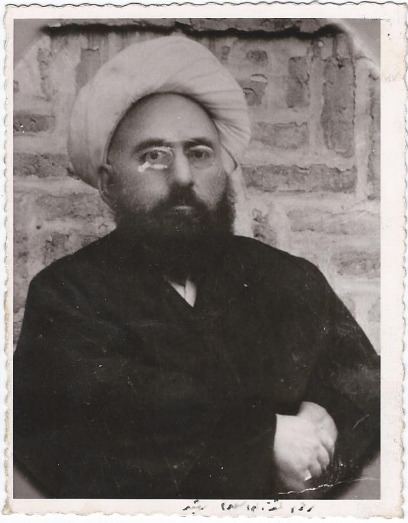Name Seqat-ol-Eslam Tabrizi | ||
 | ||
Died December 30, 1911, Tabriz, Iran | ||
Mirza Ali-Aqa Tabrizi, known as Seqat-ol-Eslam Tabrizi (also transcribed as Siqat-ul-Islam or Seghat-ol-Islam), (Tabriz, January 19, 1861 - Tabriz, December 31, 1911) was an Iranian nationalist who lived in Tabriz, Iran, during the Iranian Constitutional Revolution and was a reformist Shia cleric. He was hanged by Russian troops with 12 other Iranian nationalists in Bagh-e Shomal at the age of 50 during Russian Invasion of Tabriz, 1911. He is buried in Maqbaratoshoara, Tabriz.
The original photography of his hanging is currently shown in Azerbaijan Museum.
Life
He was born in Tabriz in 1861. His father Haj Mirza Sahfie Sadr Seqat-ol-Eslam Tabrizi was a dominant figure in the Tobacco Protest. He studied in Tabriz, Najaf, and Karbala. After the death of his father he was given the title of Seqat-ol-Eslam by the king Mozzafaradin Shah.
He was one of the influential intellectuals among the people of Tabriz. After the conclusion of the Tabriz Siege by Russian forces a conflict between the Russian forces and the revolutionaries broke out. The Russians insisted that he should sign a letter confirming the responsibility of revolutionaries in starting the conflict. He refused, and Russians hanged him with twelve other nationalists.
His life was depicted in the TV-series Seghatolislam by Hojjat Ghasem-Zadeh-Asl, produced by Sahar TV (also see the fr:Sahar TV French page).
